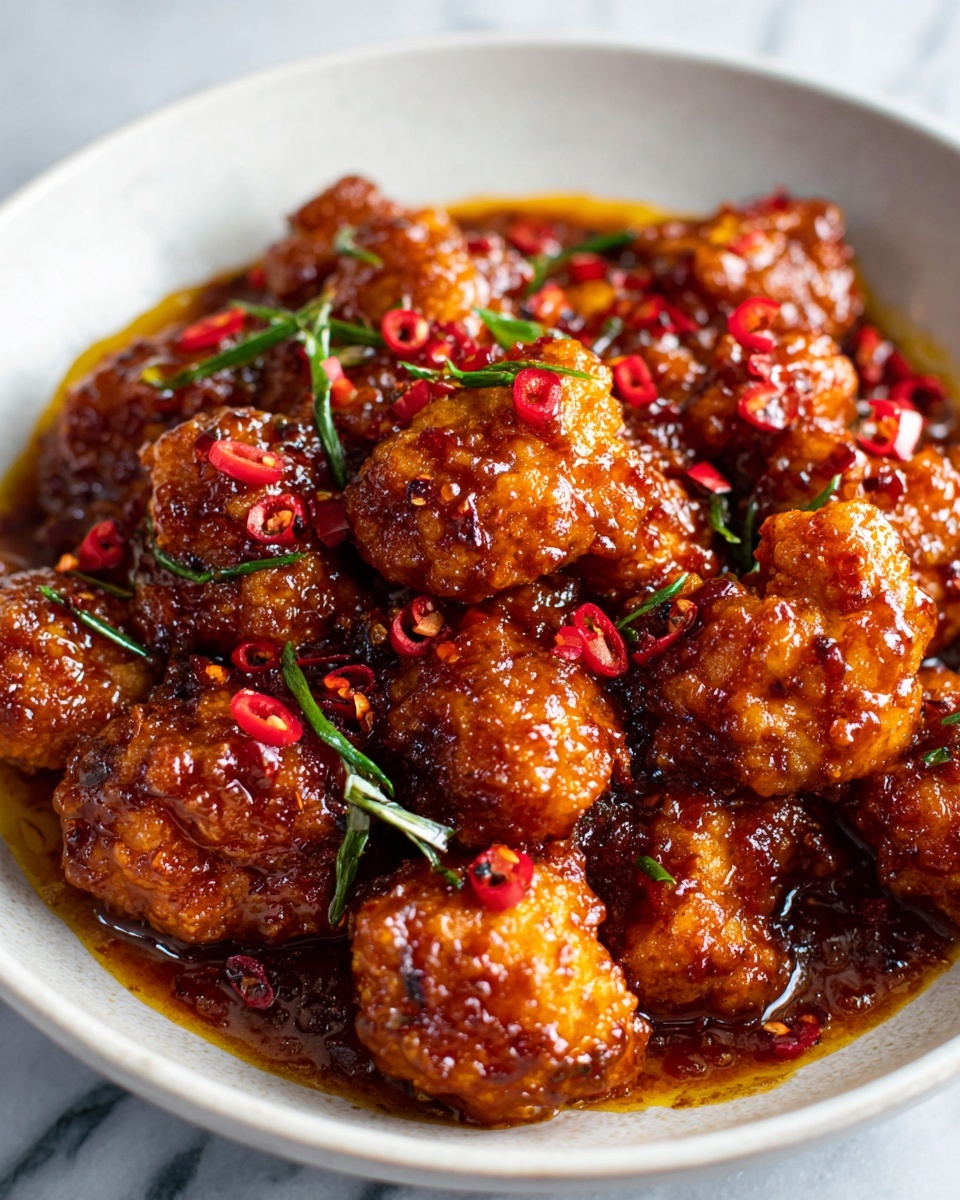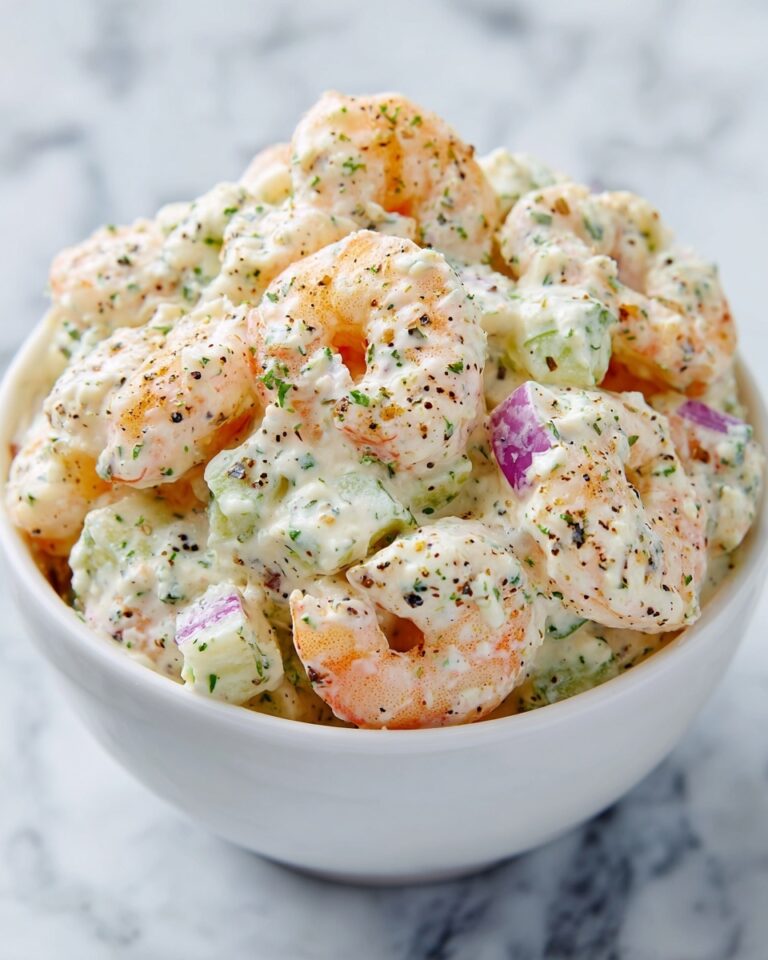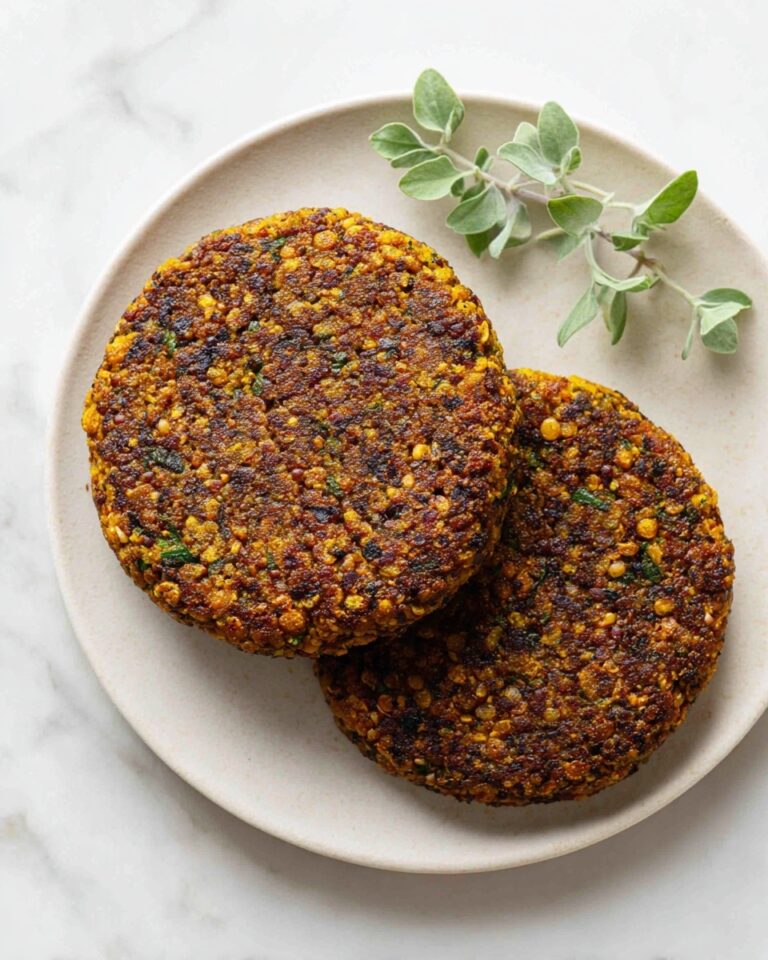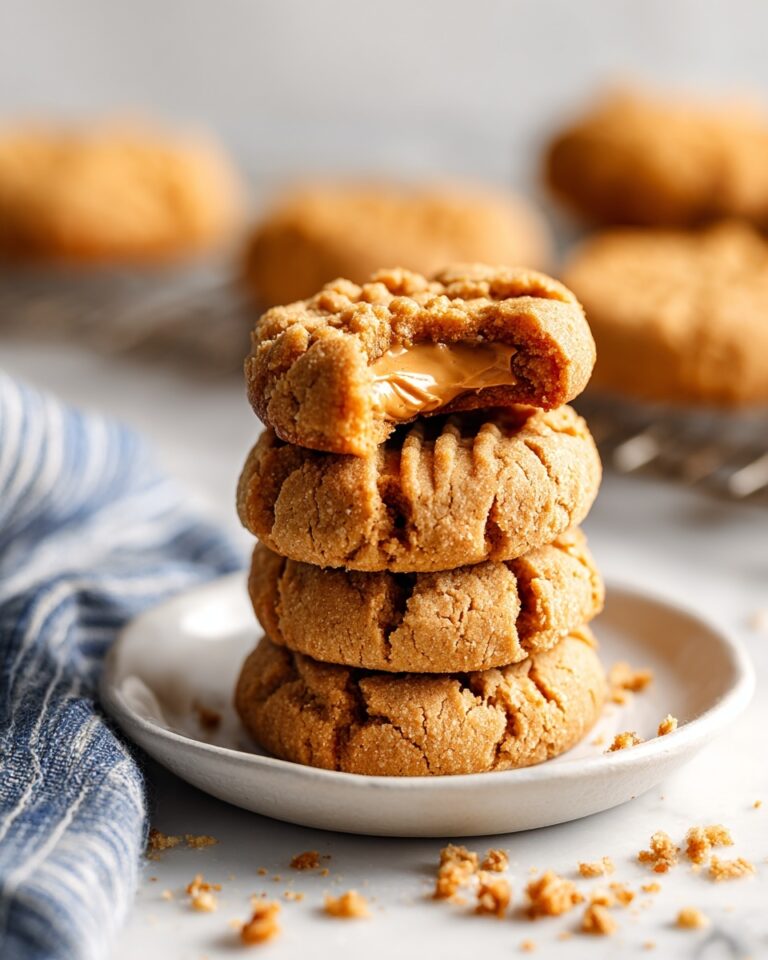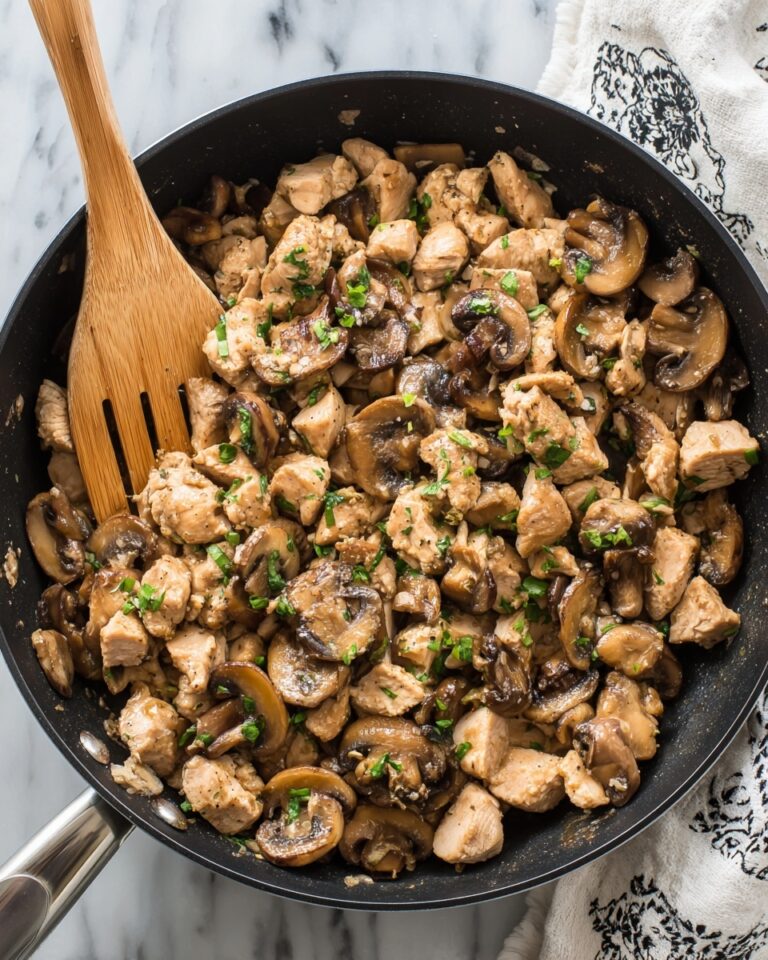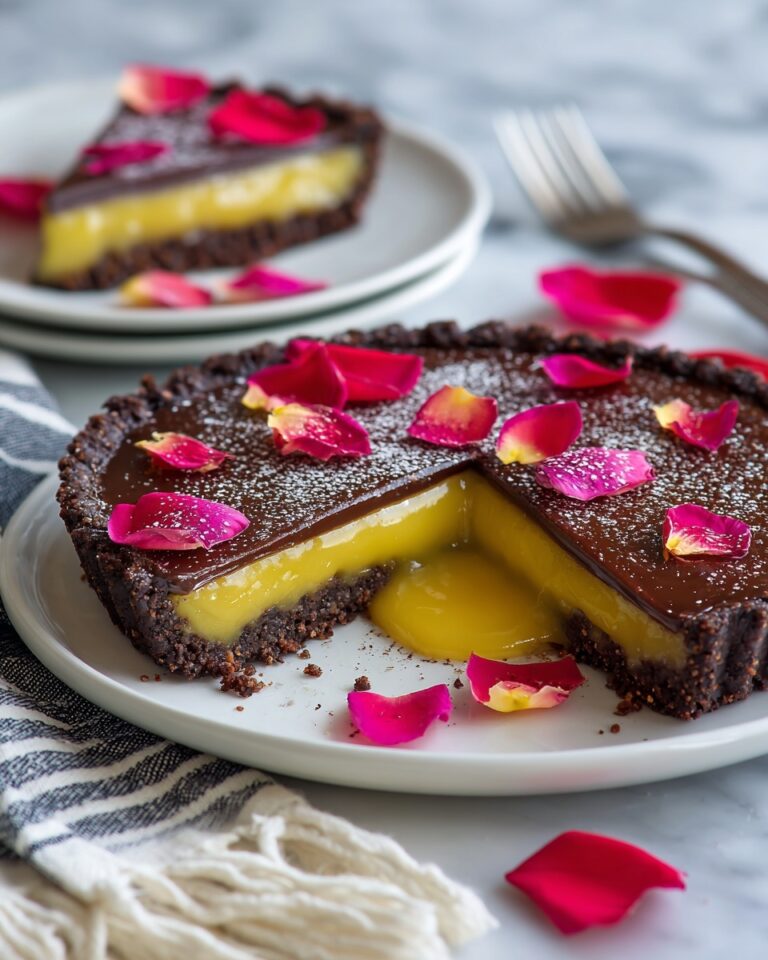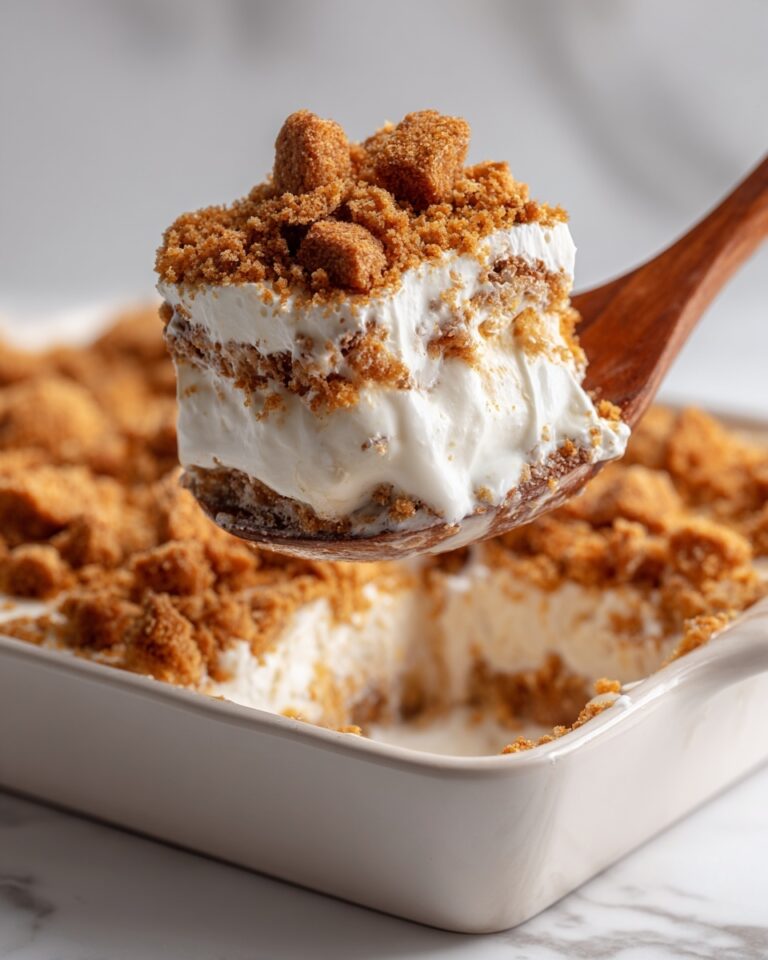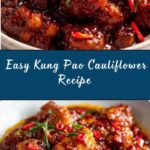If you are craving a dish that bursts with bold flavors and satisfying textures, this Kung Pao Cauliflower Recipe will quickly become your go-to favorite. It perfectly captures the essence of traditional Kung Pao with a delightful vegetable twist, where crispy roasted cauliflower florets are tossed in a tangy, spicy, and slightly sweet sauce loaded with garlic, ginger, and crunchy peanuts. This recipe is a celebration of vibrant colors and dynamic tastes that come together effortlessly, making it an irresistible option for both dinner parties and weeknight meals.

Ingredients You’ll Need
The magic of Kung Pao Cauliflower Recipe lies in a handful of simple yet essential ingredients that create layers of flavor, texture, and color. Each ingredient plays an important role, from the crispy coating on the cauliflower to the rich, aromatic sauce that ties everything together.
- Cauliflower florets: The star of the dish, roasted to golden, crispy perfection.
- Olive or vegetable oil: Helps roast the cauliflower beautifully and stir-fry the vegetables.
- Salt and black pepper: Basic seasonings that enhance the natural flavor of the cauliflower.
- Cornstarch: Coats the cauliflower for extra crispiness and thickens the sauce.
- Soy sauce or tamari: Adds salty umami depth and balances the sweetness.
- Rice vinegar: Brings a tangy brightness to the sauce.
- Maple syrup or agave nectar: Provides a mellow sweetness that counteracts the heat.
- Hoisin sauce: Contributes a rich, slightly sweet complexity.
- Sesame oil: Infuses the dish with a toasty, nutty aroma.
- Sriracha: Adds a spicy kick; adjust according to your heat tolerance.
- Vegetable oil: For stir-frying the vegetables and peanuts.
- Unsalted dry roasted peanuts: A crunchy, savory contrast to the soft cauliflower.
- Garlic and fresh ginger: Essential aromatics that enliven the dish.
- Dried red chilies: Optional, for those who love an extra punch of heat.
- Bell pepper and onion: Adds sweetness, color, and crisp-tender texture.
- Green onions: Fresh garnish for vibrant color and mild onion flavor.
How to Make Kung Pao Cauliflower Recipe
Step 1: Prepare and Roast the Cauliflower
Start by preheating your oven to 400°F (200°C) and lining a baking sheet with parchment paper. In a large bowl, toss the cauliflower florets with olive oil, salt, and black pepper to season. Then sprinkle with cornstarch and toss again until every floret is lightly coated. Spread the cauliflower out in a single layer on your sheet to ensure they roast evenly. Bake for 25 to 30 minutes, flipping halfway so all sides develop that irresistible golden crispness.
Step 2: Whisk Together the Kung Pao Sauce
While the cauliflower is roasting, it’s time to prepare the sauce that brings this dish to life. Combine soy sauce, rice vinegar, maple syrup, hoisin sauce, sesame oil, sriracha, and a bit of cornstarch in a small bowl. Whisk this mixture until it’s perfectly smooth. The combination of salty, sweet, tangy, and spicy notes is what sets this Kung Pao Cauliflower Recipe apart.
Step 3: Toast Peanuts and Stir-Fry Aromatics
Heat a tablespoon of vegetable oil in a large skillet or wok over medium-high heat. Toss in the unsalted dry roasted peanuts and stir-fry them for 1 to 2 minutes until they release their rich aroma and become lightly toasted. Remove them from the pan to keep them crunchy later. Using the same oil, add minced garlic, freshly grated ginger, and the dried red chilies if you’re feeling adventurous. Stir-fry for about a minute until fragrant—this is where the kitchen starts smelling incredible.
Step 4: Cook the Vegetables
Next, toss in the sliced bell pepper and onion. Stir-fry the veggies for 3 to 4 minutes, just enough that they remain tender-crisp, adding a wonderful crunch and sweet balance to the dish. The vibrant colors of these vegetables make the dish visually appealing as well as delicious.
Step 5: Combine Cauliflower with Sauce and Vegetables
Once your cauliflower florets are perfectly roasted, add them to the skillet with the sautéed vegetables. Pour your prepared Kung Pao sauce over everything, gently tossing to coat each piece in that glossy, flavorful blend. Let it cook together for another 2 to 3 minutes so the sauce thickens slightly, hugging every bite of cauliflower with that signature Kung Pao glaze.
Step 6: Final Touches
Turn off the heat and sprinkle the toasted peanuts back over the dish. Garnish with sliced green onions for a fresh pop of color and flavor. Your Kung Pao Cauliflower Recipe is now ready to impress!
How to Serve Kung Pao Cauliflower Recipe

Garnishes
Garnishing really takes this Kung Pao Cauliflower Recipe to the next level. Besides the chopped green onions and roasted peanuts, consider adding a sprinkle of toasted sesame seeds or finely chopped fresh cilantro for an extra layer of texture and freshness.
Side Dishes
This dish pairs beautifully with steamed jasmine or basmati rice to soak up the saucy goodness. For a low-carb option, serve it alongside cauliflower rice or even mix it with stir-fried noodles for a hearty meal. Light vegetable soups or crisp Asian-inspired salads also complement the flavors brilliantly.
Creative Ways to Present
For a fun twist, serve the Kung Pao Cauliflower Recipe in lettuce cups for a fresh, handheld option. You can also pack it into reusable bento boxes for meal prep, layering the cauliflower on a bed of rice and topping with extra peanuts and herbs. It’s great as a vibrant centerpiece for vegetarian-friendly dinners too.
Make Ahead and Storage
Storing Leftovers
Any leftover Kung Pao Cauliflower should be transferred to an airtight container and stored in the refrigerator. It will keep well for up to 3 days, giving you a flavorful dish ready to reheat and enjoy without any extra work.
Freezing
If you want to save this dish longer, you can freeze Kung Pao Cauliflower Recipe in a freezer-safe container or bag. Keep it frozen for up to 2 months. Just be aware that the texture of roasted cauliflower may soften slightly after thawing but the bold flavors will remain delightful.
Reheating
To reheat, gently warm the dish in a skillet over medium heat, stirring occasionally until heated through. This helps preserve the crunch of the vegetables and peanuts better than microwaving. Alternatively, microwave at medium power in short increments, stirring in between for even heating.
FAQs
Can I make this Kung Pao Cauliflower Recipe vegan?
Absolutely! This version is naturally vegan and plant-based, just be sure to use tamari instead of soy sauce for a gluten-free option. No animal products are needed because the sauce ingredients, including hoisin and maple syrup, are vegan-friendly.
How spicy is this dish?
The heat level can be easily customized. The recipe includes sriracha and optional dried red chilies, so you can adjust the amount to your preferred spice tolerance or omit the chilies for a mild but flavorful dish.
Can I use fresh peanuts instead of roasted?
While fresh peanuts can work, dry roasted peanuts impart a richer, nuttier flavor and crunch that complements the Kung Pao sauce best. If you use fresh peanuts, consider toasting them lightly in a pan before adding to the dish.
Is it possible to bake the cauliflower ahead of time?
Yes! You can roast the cauliflower a few hours ahead or even the day before. Store it in the fridge and then toss with the sauce and stir-fried vegetables just before serving to keep everything crispy and fresh.
What can I substitute for hoisin sauce?
If you don’t have hoisin sauce on hand, a mixture of soy sauce, peanut butter, and a touch of honey or maple syrup can provide a similar tangy sweetness. Store-bought plum sauce or oyster sauce (if not vegan) can also work depending on your preference.
Final Thoughts
There is something truly special about this Kung Pao Cauliflower Recipe that makes it so addictive — the blend of textures, the balance of spicy, sweet, and tangy flavors, and the ease of preparation. Whether you are cooking for yourself, family, or friends, this dish brings warmth and excitement to the table. Give it a try and watch it earn a permanent spot in your recipe rotation.
Print
Kung Pao Cauliflower Recipe
- Prep Time: 15 minutes
- Cook Time: 35 minutes
- Total Time: 50 minutes
- Yield: 4 servings
- Category: Main Course
- Method: Baking
- Cuisine: Chinese
- Diet: Vegan
Description
This Kung Pao Cauliflower recipe is a flavorful and healthy twist on the classic Chinese takeout dish. Featuring crispy roasted cauliflower tossed in a spicy, tangy sauce with bell peppers, onions, and toasted peanuts, this vegan and gluten-free dish offers a delightful combination of textures and bold flavors. Perfect as a main course served with rice or noodles, it’s easy to prepare and sure to satisfy cravings for a savory, spicy dish.
Ingredients
Cauliflower
- 1 medium cauliflower, cut into florets
- 2 tablespoons olive oil or vegetable oil
- 1/2 teaspoon salt
- 1/2 teaspoon black pepper
- 1/4 cup cornstarch (for coating)
Sauce
- 3 tablespoons soy sauce or tamari (for gluten-free)
- 2 tablespoons rice vinegar
- 1 tablespoon maple syrup or agave nectar
- 1 tablespoon hoisin sauce
- 1 tablespoon sesame oil
- 1 teaspoon sriracha (or more, to taste)
- 1 teaspoon cornstarch (to thicken)
Vegetables and Garnish
- 1 tablespoon vegetable oil
- 1/4 cup unsalted dry roasted peanuts
- 2 cloves garlic, minced
- 1/2-inch piece fresh ginger, grated
- 2–3 dried red chilies (optional, for extra heat)
- 1/2 bell pepper, sliced
- 1/2 onion, sliced
- 2 green onions, sliced (for garnish)
Instructions
- Prepare the cauliflower: Preheat the oven to 400°F (200°C) and line a baking sheet with parchment paper to ensure easy cleanup and prevent sticking.
- Toss cauliflower with seasoning: In a large bowl, combine the cauliflower florets with olive oil, salt, and black pepper. Sprinkle 1/4 cup cornstarch over the cauliflower and toss thoroughly to coat each floret evenly, which will help achieve a crispy texture when baked.
- Bake the cauliflower: Arrange the coated florets in a single layer on the prepared baking sheet. Bake for 25-30 minutes, flipping them halfway through to promote even crispiness and a golden-brown color.
- Prepare the sauce: While the cauliflower bakes, whisk together soy sauce, rice vinegar, maple syrup, hoisin sauce, sesame oil, sriracha, and 1 teaspoon cornstarch in a small bowl until smooth. Set this sauce aside for later use.
- Heat oil for stir-fry: In a large skillet or wok, heat 1 tablespoon of vegetable oil over medium-high heat to prepare for the stir-frying process.
- Toast the peanuts: Add unsalted dry roasted peanuts to the hot oil and stir-fry for 1-2 minutes until they become lightly toasted and aromatic. Remove the peanuts from the skillet and set aside to keep their crunch.
- Sauté aromatics: In the same skillet, add minced garlic, grated ginger, and dried red chilies (if using). Stir-fry for about 1 minute until fragrant, infusing the oil with their flavors.
- Cook the vegetables: Add sliced bell pepper and onion to the skillet. Stir-fry for 3-4 minutes, until the vegetables are tender-crisp but still retain some bite and color.
- Add baked cauliflower: Once the cauliflower is golden and crispy from the oven, add it to the skillet with the stir-fried vegetables, combining the textures perfectly.
- Toss with sauce: Pour the prepared sauce over the cauliflower and vegetables. Toss everything thoroughly to ensure the florets are evenly coated with the flavorful sauce.
- Simmer to thicken: Cook the mixture for an additional 2-3 minutes, allowing the sauce to thicken and the flavors to meld together harmoniously.
- Garnish and serve: Remove from heat, sprinkle with the toasted peanuts and sliced green onions. Serve the Kung Pao Cauliflower hot with steamed rice or noodles for a complete and satisfying meal.
Notes
- For extra heat, adjust the amount of sriracha and dried red chilies according to your spice preference.
- Use tamari instead of soy sauce for a gluten-free option.
- To make this recipe nut-free, omit the peanuts or substitute with toasted seeds such as pumpkin or sunflower seeds.
- Leftovers can be stored in an airtight container in the refrigerator for up to 3 days and reheated gently on the stovetop.
- For a nuttier aroma, dry roast the peanuts instead of using pre-roasted peanuts.

